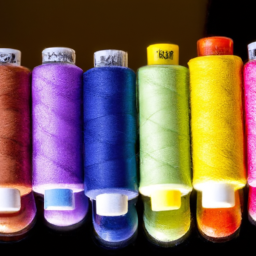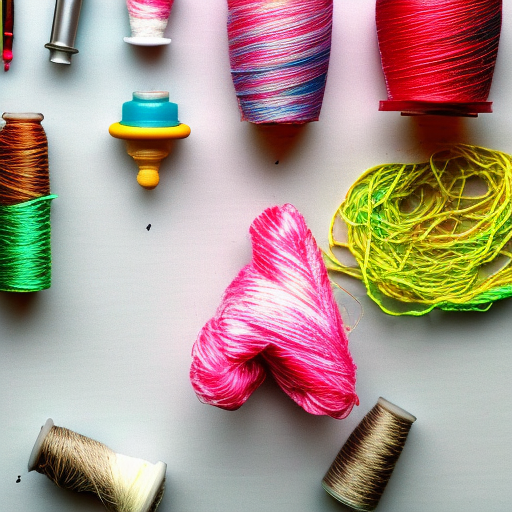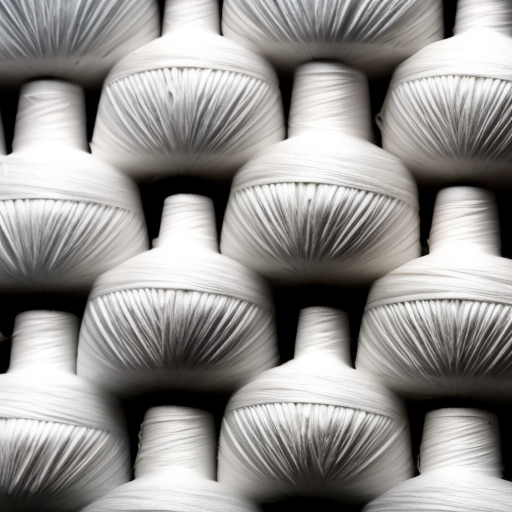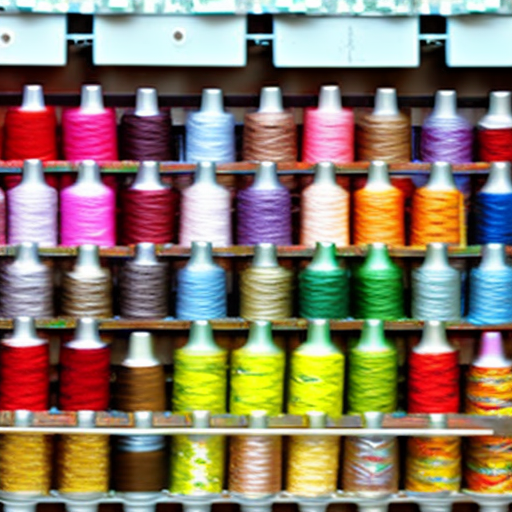
Sewing is an art that requires attention to detail, and one crucial element in any sewing project is the choice of thread weight. Thread weight determines the thickness and strength of the thread, impacting the finished appearance and resilience of your stitches. Understanding the different thread weights available will help you choose the right thread for your project.
Thread Weight Scale
Thread weight is measured using a numerical scale, often referred to as the tex system or ‘T’ number. The higher the T number, the thicker and heavier the thread. Here is a breakdown of common thread weights and their recommended uses:
| Thread Weight (T) | Description | Recommended Use |
|---|---|---|
| T-8 | Ultra-lightweight | Fine fabrics like lightweight chiffon or delicate lace |
| T-16 | Lightweight | Lightweight garments or blouses, understitching |
| T-24 | Medium-weight | Most general sewing projects, lightweight to medium-weight fabrics |
| T-30 | Medium to heavy-weight | Topstitching, medium-weight fabrics, bags, and home decor items |
| T-40 | Heavy-weight | Denim, canvas, or upholstery fabrics |
| T-50 | Extra heavy-weight | Leather, vinyl, or thick materials |
Considerations when Choosing Thread Weight
When determining the appropriate thread weight for your project, several factors come into play:
- Fabric Type: Lighter fabrics require lighter thread weight, preventing visible, bulky seams.
- Seam Strength: Heavy-duty projects, such as bags or upholstery, benefit from stronger, thicker threads.
- Appearance: The thread should complement the fabric color and overall aesthetic, enhancing the final look of the garment or item.
- Needle Compatibility: Ensure that the thread chosen can pass through the eye of your sewing needle comfortably.
Tips for Successful Sewing with Various Thread Weights
Here are some important guidelines to follow when working with different thread weights:
- Use a smaller stitch length for heavier threads to prevent gaps and maintain a durable seam.
- Adjust the tension on your sewing machine when switching thread weights to ensure balanced stitches.
- Experiment with different thread weights on scraps or samples before starting your actual project.
- Consider using a matching or contrasting thread color to enhance decorative stitching or create unique designs.
Remember, it’s always a good idea to consult your sewing machine manual or seek advice from experienced sewers when in doubt about the best thread weight for your particular project.
With this understanding of sewing thread weights, you can confidently select the right thread for each sewing project, resulting in beautifully crafted garments or items that withstand the test of time.





This is a great read! #sewing
Tina Brown: I’m so glad to have found this tutorial, I’ve been wanting to learn more about thread weight!
Zara McNally: This is very helpful, thank you! #sewingtips
Thanks for sharing this information! Learning about different thread weights is a great way to create the perfect sewing project. #sewing
Great post! Understanding thread weights is key in my book making projects. #sewingprojects